What does a wheel loader bucket do?
A compact wheel loader bucket is an attachment for a heavy equipment machine called a wheel loader. The bucket is designed to scoop up loose materials like soil, gravel, sand, or other loose debris and transport them to another location. The bucket is typically made of durable materials like steel or reinforced plastic and is shaped like a large scoop with an open top.
The operator of the wheel loader can control the bucket's movements using hydraulic controls, allowing them to scoop up and dump materials in a precise location. Wheel loader buckets come in a variety of sizes and configurations to accommodate different types of jobs and materials. They are commonly used in construction, mining, agriculture, and other industries where large quantities of loose materials need to be moved efficiently.
compact wheel loader bucket capacity
Compact wheel loaders are smaller machines designed for use in tight spaces or where maneuverability is important. The bucket capacity for compact wheel loaders can vary depending on the size and model of the machine, but they generally have a smaller capacity than larger wheel loaders.
The bucket capacity for compact wheel loaders usually ranges from 0.5 to 2 cubic yards or cubic meters. Some smaller models may have even smaller buckets with capacities of less than 0.5 cubic yards/meters. The smaller capacity of the bucket on a compact wheel loader is designed to match the size and power of the machine, allowing it to be more efficient and maneuverable in tight spaces.
Like with larger wheel loaders, it's important to choose the right size bucket for the job to ensure efficiency and safety when using a compact wheel loader.
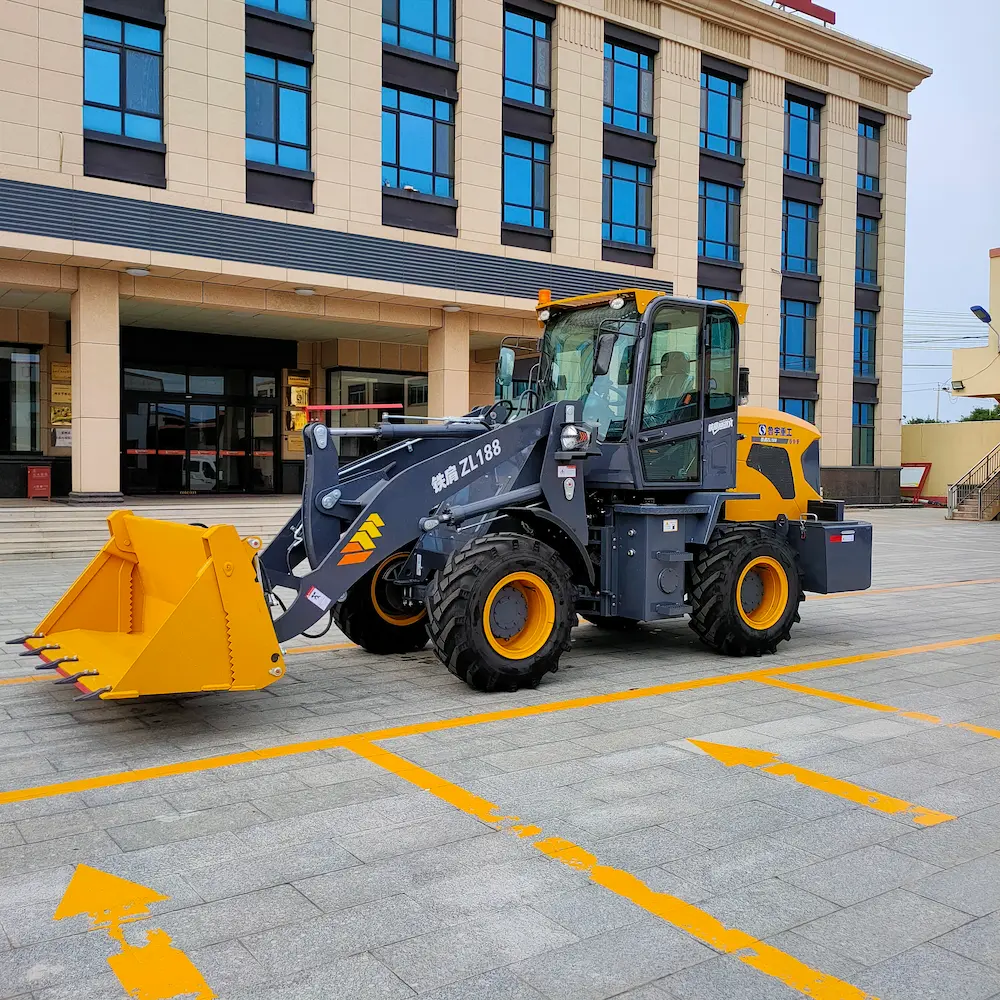
compact wheel loader Forks
In addition to buckets, compact wheel loaders can also be equipped with forks as an attachment. Forks are typically used to lift and move pallets, crates, and other materials that can be easily lifted by the machine.
The forks for compact wheel loaders are usually shorter and smaller than those used on larger machines to match the size and lifting capacity of the compact loader. The forks can be mounted on the front of the machine and are controlled by hydraulic systems, allowing the operator to adjust the position and angle of the forks for precise material handling.
Forks are a useful attachment for compact wheel loaders in industries such as construction, landscaping, and agriculture, where materials need to be moved and arranged in a specific way. They are often used in warehouses, manufacturing facilities, and shipping yards where materials are frequently transported using pallets.
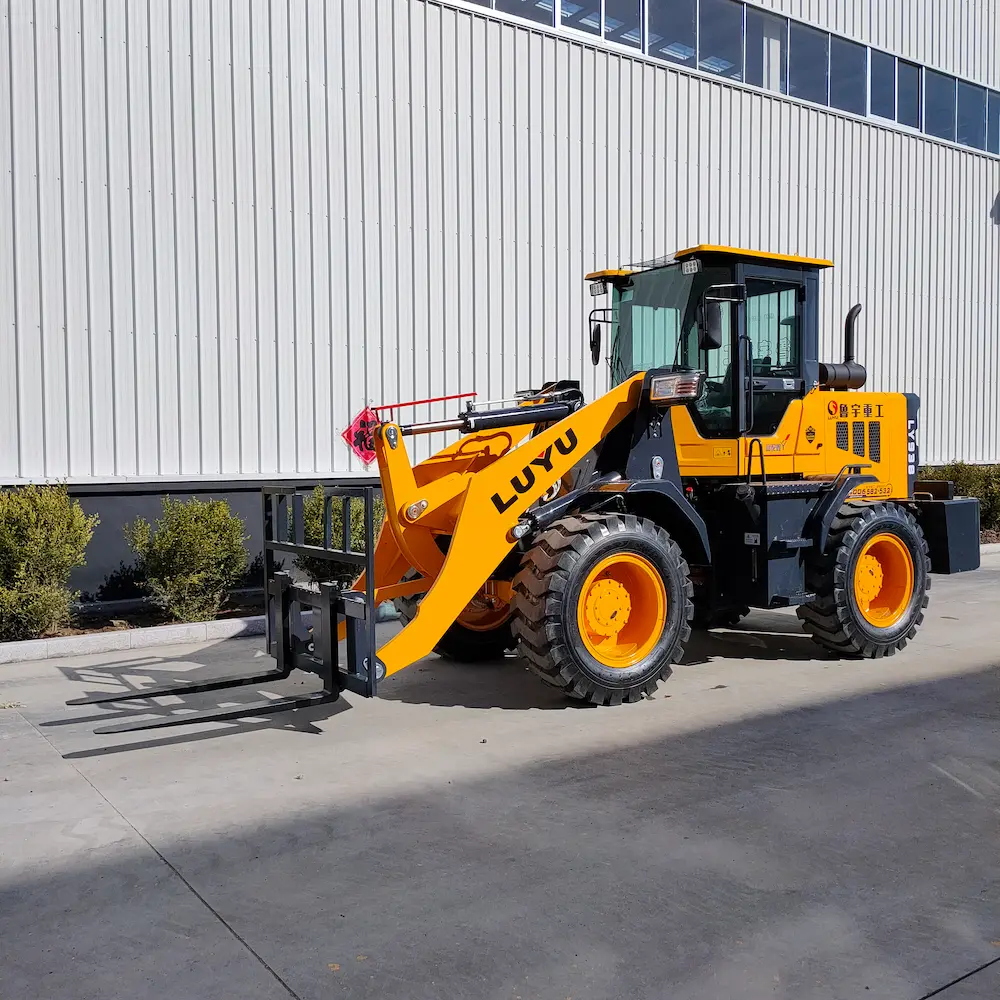
compact wheel loader Augers
Compact wheel loaders can be equipped with augers to help with various types of digging and excavation tasks. Augers are typically used for drilling holes in the ground for fence posts, tree planting, soil sampling, and other similar applications.
There are several different types of augers available for compact wheel loaders, including:
Standard augers - These are designed for drilling holes in normal soil conditions and are available in a variety of sizes.
Rock augers - These are designed for drilling through hard rock and other challenging soil conditions.
Tree augers - These are designed specifically for planting trees and are available in a variety of sizes.
Combination augers - These are designed to be used in a variety of soil conditions and can be used for drilling holes of different sizes.
When selecting an auger for your compact wheel loader, it's important to consider the size of the machine, the type of soil you'll be drilling in, and the specific application you'll be using it for. Be sure to follow all safety guidelines when using an auger and wear appropriate personal protective equipment.
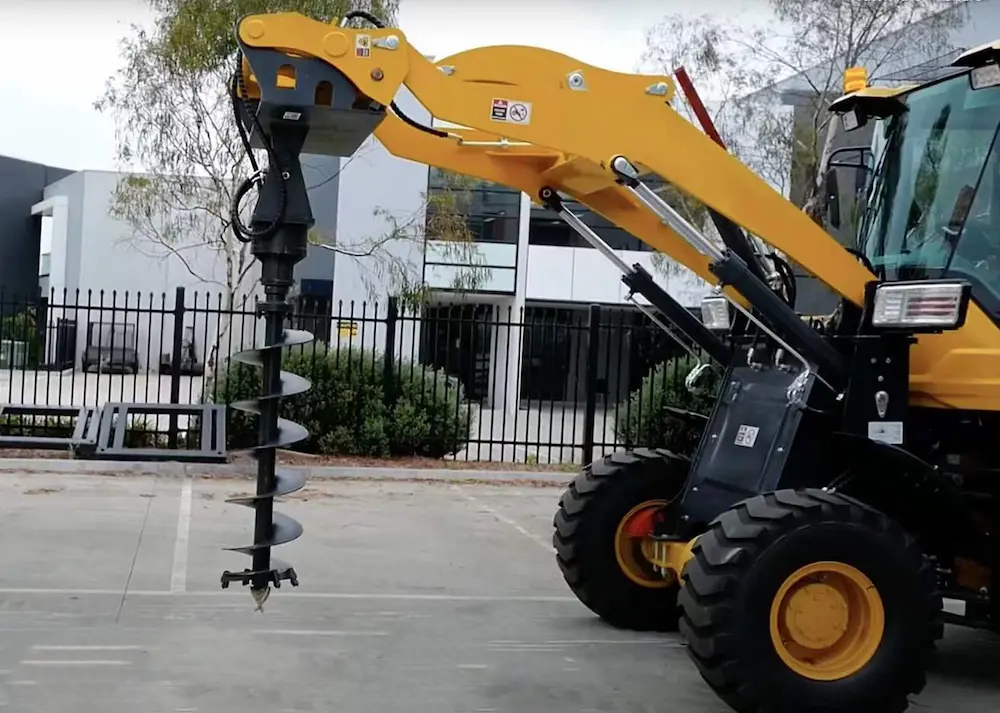
compact wheel loader Grapples
Compact wheel loaders can be equipped with grapples, which are useful for handling and moving various types of materials, including logs, rocks, brush, and debris. Grapples are typically used in construction, forestry, landscaping, and agriculture.
There are several different types of grapples available for compact wheel loaders, including:
Brush grapples - These are designed for handling and moving brush and other debris.
Rock grapples - These are designed for handling and moving rocks and other heavy materials.
Utility grapples - These are designed for handling and moving a variety of materials, including logs, brush, and debris.
Scrap grapples - These are designed for handling and moving scrap materials, such as metal and construction waste.
When selecting a grapple for your compact wheel loader, it's important to consider the size of the machine, the weight capacity of the grapple, and the specific application you'll be using it for. Be sure to follow all safety guidelines when using a grapple and wear appropriate personal protective equipment.
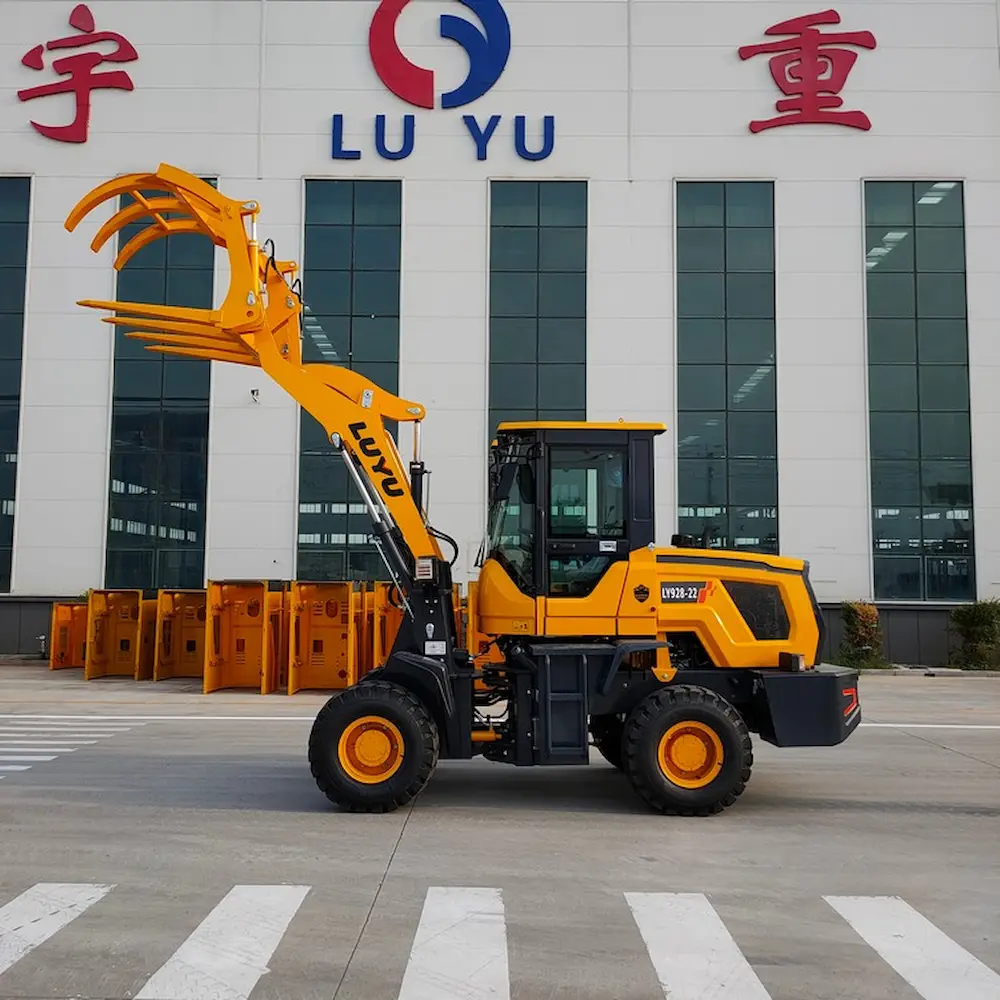
compact wheel loader Snow plows
Compact wheel loaders are versatile machines that can be used for a variety of tasks, including snow plowing. Snow plows are typically attached to the front of the loader and can be used to clear snow from driveways, sidewalks, parking lots, and other areas.
There are several types of snow plows that can be used with compact wheel loaders, including:
Straight blade plows: These are the most common type of snow plows and are ideal for clearing large areas quickly. They have a straight blade that can be angled left or right to push snow to one side.
V-plows: These snow plows have a V-shaped blade that can be adjusted to different angles to push snow to the left or right. They are ideal for clearing large amounts of snow quickly and efficiently.
Snow pushers: These plows have a large blade that can push snow to the side, making them ideal for clearing snow from large areas such as parking lots and driveways.
When choosing a snow plow for your compact wheel loader, it's important to consider the size of the machine, the size of the plow, and the type of snow you will be clearing. It's also important to ensure that the plow is compatible with your loader and that it is properly installed and maintained.
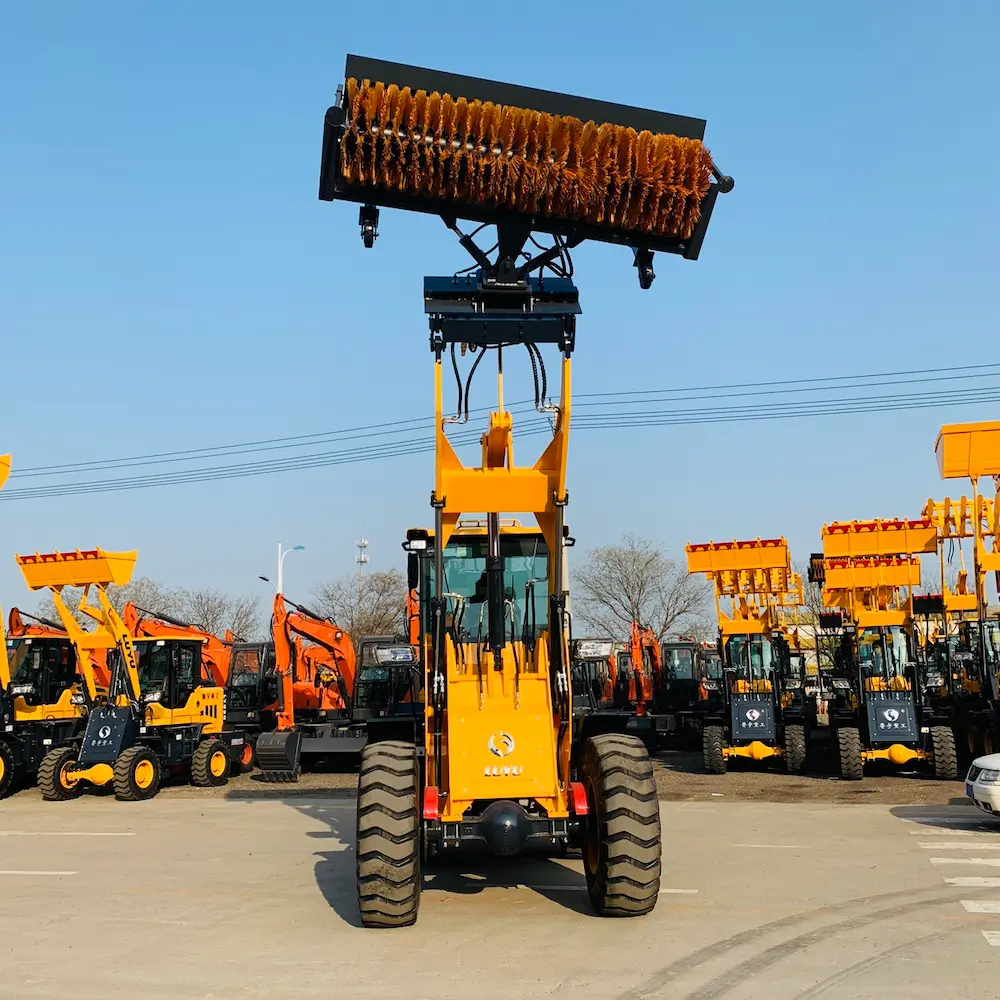
compact wheel loader Sweepers
Compact wheel loaders can also be used with a variety of attachments, including sweepers. Sweepers are a popular attachment for compact wheel loaders as they can be used for a variety of tasks, such as cleaning up debris, leaves, and other materials from sidewalks, parking lots, and other outdoor areas.
There are several types of sweepers that can be used with compact wheel loaders, including:
Broom sweepers: These sweepers have a rotating brush that sweeps debris to the side, making them ideal for cleaning up dirt, leaves, and other materials from hard surfaces such as pavement and concrete.
Vacuum sweepers: These sweepers use a powerful vacuum to suck up debris, making them ideal for cleaning up materials such as sand, gravel, and other small debris.
Rotary sweepers: These sweepers have a rotating brush that sweeps debris into a hopper, making them ideal for cleaning up large areas quickly and efficiently.
When choosing a sweeper attachment for your compact wheel loader, it's important to consider the type of material you will be cleaning up, the size of the area you will be cleaning, and the compatibility of the attachment with your loader. It's also important to ensure that the attachment is properly installed and maintained to ensure optimal performance
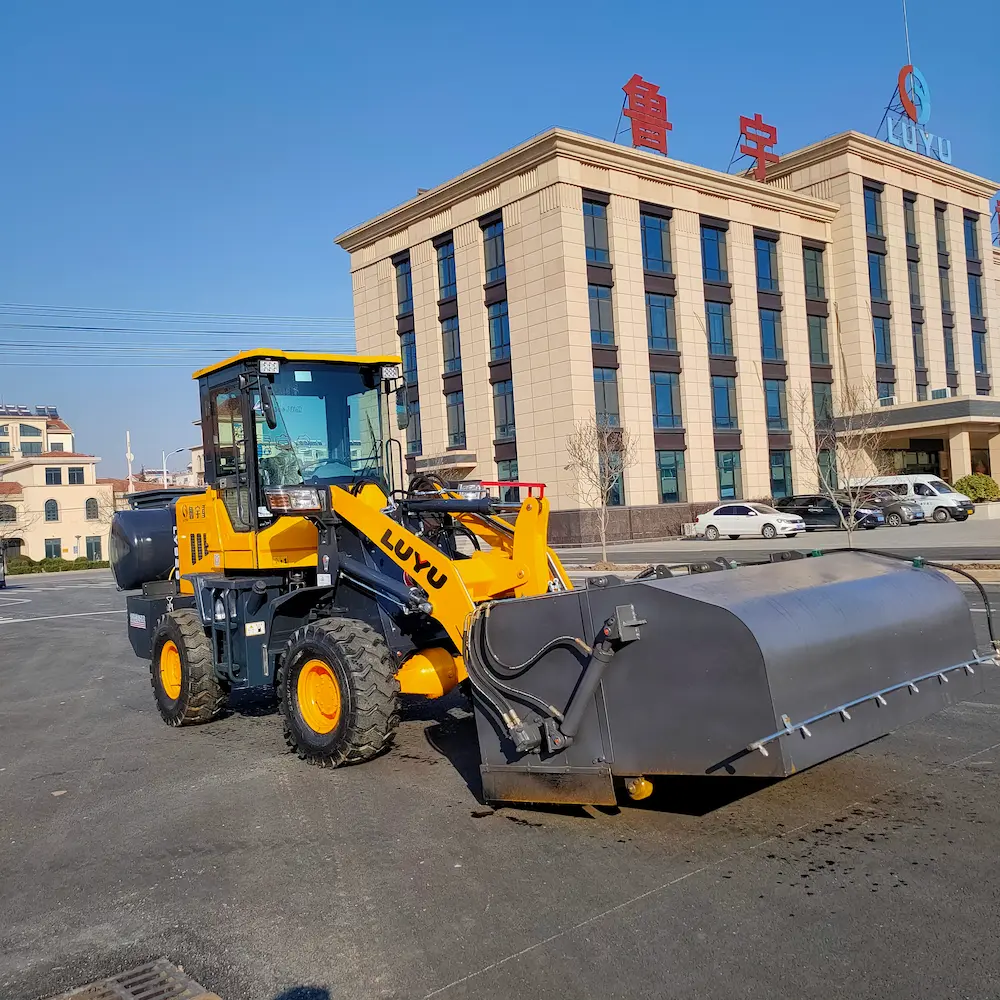
compact wheel loader Mulchers
Compact wheel loaders can also be used with mulcher attachments. Mulchers are typically used for land clearing and vegetation management, and they can be used to clear brush, trees, and other vegetation quickly and efficiently.
There are several types of mulchers that can be used with compact wheel loaders, including:
Flail mulchers: These mulchers have a rotating drum with blades that can cut through thick vegetation and small trees.
Forestry mulchers: These mulchers have a large cutting head that can grind up large trees and brush quickly and efficiently.
Rotary mulchers: These mulchers have a rotating drum with teeth that can cut through vegetation and trees, making them ideal for land clearing and vegetation management.
When choosing a mulcher attachment for your compact wheel loader, it's important to consider the size of the machine, the type of vegetation you will be clearing, and the compatibility of the attachment with your loader. It's also important to ensure that the attachment is properly installed and maintained to ensure optimal performance and safety.
compact wheel loader Rakes
Compact wheel loaders can also be used with rake attachments. Rakes are typically used for landscaping and soil preparation, and they can be used to prepare soil for planting, level uneven terrain, and remove debris from outdoor areas.
There are several types of rakes that can be used with compact wheel loaders, including:
Landscape rakes: These rakes have long tines that can be used to level and prepare soil for planting. They can also be used to remove rocks and other debris from outdoor areas.
Power rakes: These rakes have rotating tines that can be used to prepare soil for planting, remove thatch from lawns, and level uneven terrain.
Grapple rakes: These rakes have large, powerful jaws that can be used to pick up and move large rocks, logs, and other debris.
When choosing a rake attachment for your compact wheel loader, it's important to consider the size of the machine, the type of soil or terrain you will be working with, and the compatibility of the attachment with your loader. It's also important to ensure that the attachment is properly installed and maintained to ensure optimal performance.